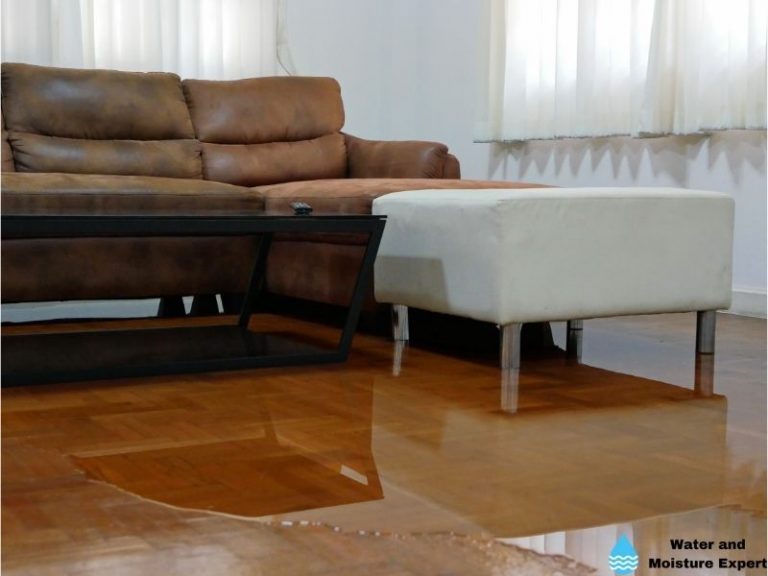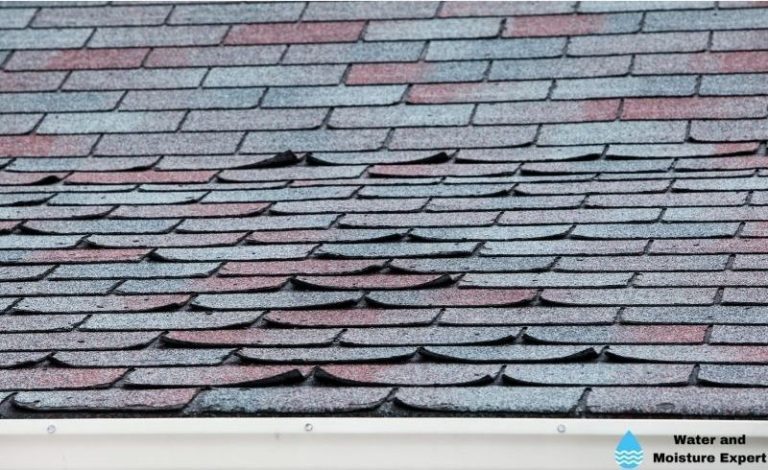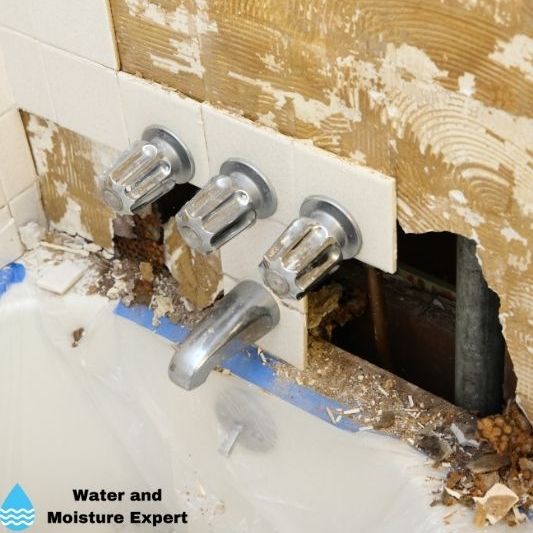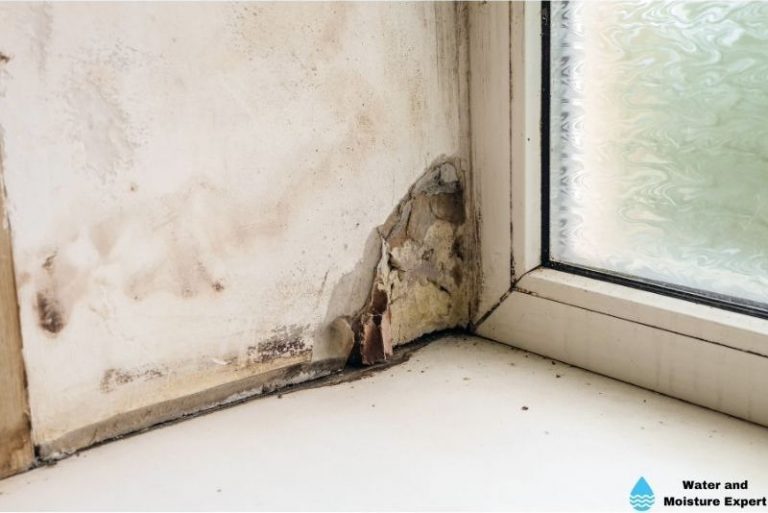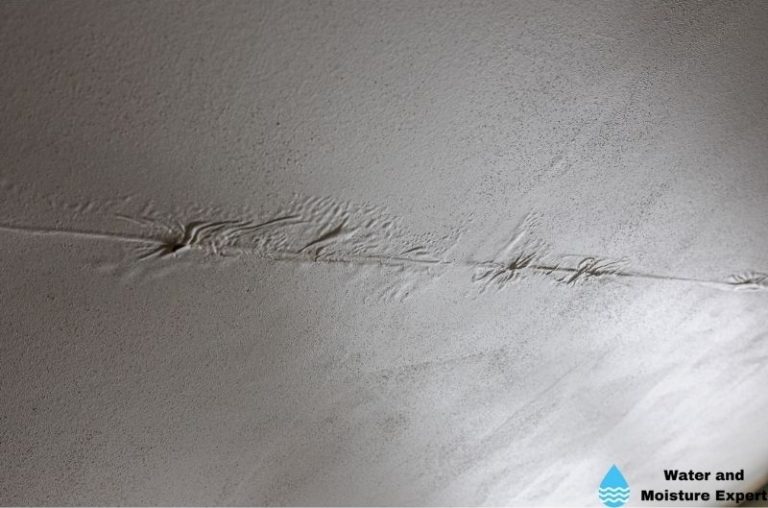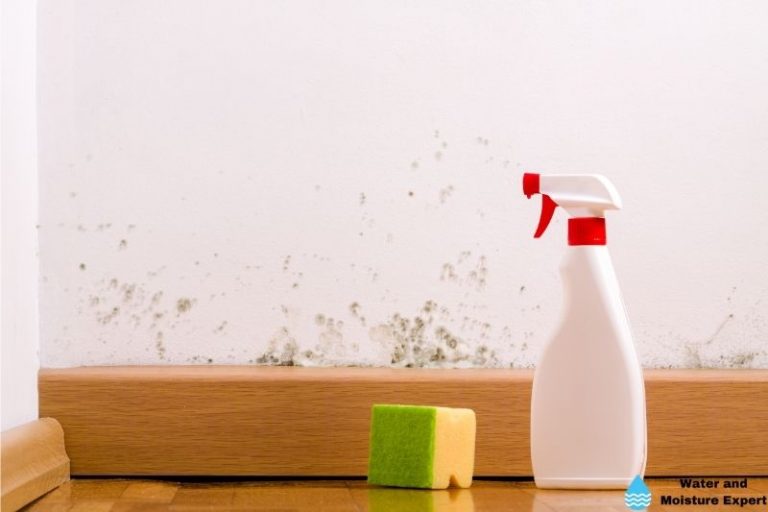Water Damage On Your Carpet. Tips From Professionals
Few things are as stressful as dealing with a flooded home and wet carpet. It can seem like it takes forever for the carpet to dry, and you may be wondering if you can save it or if it’s worth the hassle. There are many reasons why saving your carpet can be the best option, and there are many ways to do it.
Generally, you may be able to save your carpet if a flood or leak has soaked it. To increase the chance of saving it and keep mold away, you should dry it as fast as possible. Remove the carpet and padding and dry it separately if this is easy to do. Check the subfloor for water damage. Remove all standing water, open windows, use fans or a dehumidifier to remove all remaining moisture.
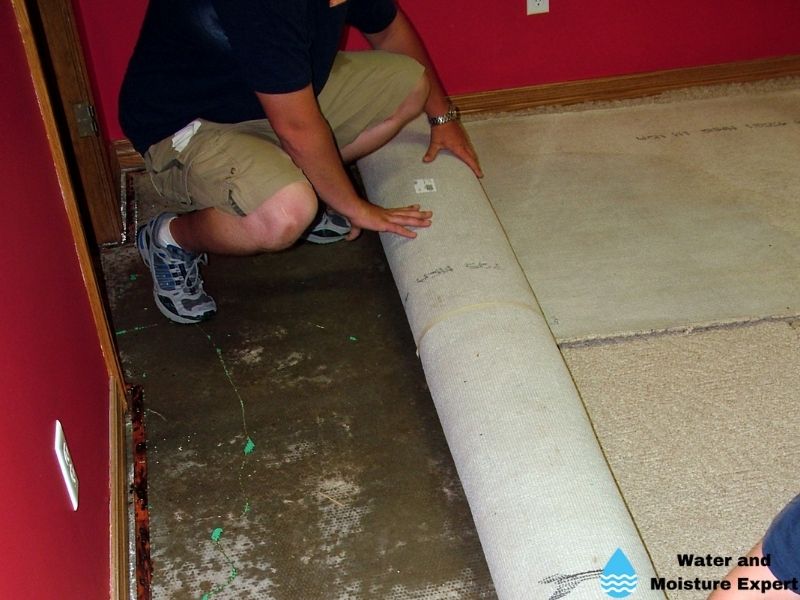
This blog post will further explain how to save your carpet after a flood and how to get rid of water damage on your carpet. I will also explain how to dry your carpet as quickly as possible.
Contents
Can Carpet Be Saved After Flood?
When you find your home flooded or notice a leak, one of your first thoughts may be about your flooring or carpet. Your carpet may be soaked in water, but that doesn’t mean you can’t save it. In fact, as long as you can remove the water from the carpet quickly, there is a good chance it will be fine. I always recommend checking the carpet padding and the subfloor underneath it to ensure no damage.
Can Wet Carpet Padding Be Saved?
If the flooding in your home is severe, you may notice that the carpet padding is damaged under the carpet. This requires more extensive cleaning and drying. Some types of carpet padding can be saved, but others may need to be replaced. The severity of the flood and damage to the padding will determine if it can be saved.
If you plan to save your carpet padding, follow these steps:
● Step 1: Pull Up The Carpet
You will need to check the carpet padding by removing the carpet. If the carpet is still wet, you will want to dry it. The padding will not be able to dry while under the carpet. Once you have removed the carpet, you will need to lay it flat to dry.
● Step 2: Remove The Padding
The padding will need to be dried before you can determine if it can be saved. It may be very fragile while wet, and you will have to handle it with care. Roll it up to remove it from the floor and transport it outside or into a garage where it can be unrolled and laid flat.
● Step 3: Dry The Padding
You should place the padding in the sunlight if you keep it outside. If you keep it inside, you may want to place it in a large, open room with plenty of windows. Open the windows to allow plenty of light to come inside, dry the padding, and improve air circulation. You can also use fans to dry the padding faster. Be sure to dry the carpet as well while the padding is drying.
● Step 4: Assess the Carpet Padding Damage
Once the carpet padding is completely dry, you will be able to assess it and determine if it can be saved. It may be salvageable if the padding appears to be back to normal after drying. If the carpet seems to be deflated, has holes or mold on it, or is crumbling and falling apart, it may not be able to be saved and will need to be replaced instead.
How Do You Get Rid Of Water Damage On Carpet?
It is possible to save your carpet even if it has been flooded or damaged by water from a leak. Follow these steps to save your carpet after a flood:
● Step 1: Find The Source Of The Floor Or Leak
Before you can save your carpet, you need to make sure the cause of the flood or leak is no longer a problem. That means you should check for leaking pipes, windows, appliances, or anything else that may have caused the flood.
A problem on the roof is one of the more common problems. A roof leak may lead to water flowing through the wall onto the floor. As water finds its way to the lowest point, the leak does not need to be close to the floor.
● Step 2: Check The Padding
Before you can properly dry and clean the carpet, you need to see if any of the water has soaked into the padding or into the floor. Pull up a small area of the carpet and check to see if the padding is saturated. If the padding is wet, you will need to dry it too. You will also want to check out the subfloor to see if any water damage may need to be repaired.
● Step 3: Dry The Flooring
Drying the flooring is the most important step. The sooner you can dry the carpet, the more likely you will be to save it and avoid other problems. You can dry the carpet by opening any windows in your home to increase air circulation. You can also use fans and direct them to the carpet.
If there is standing water, you can use a shop vac to remove it. You may want to use it to suck up any water that may be soaked in the carpet. This will help remove the access water so the fans can dry the fibers of the carpet faster. Using a dehumidifier can help remove the moisture.
● Step 4: Clean The Carpet
Once the carpet is dry, you will need to clean it. You may not want to get the carpet wet again, but it’s important to clean and disinfect it. You can use a commercial carpet cleaner and disinfectant solution to kill any bacteria, mold, and fungi that may be present in the carpet. Once the carpet has been cleaned and dried, it should be back to normal.
How Long Does It Take Carpet To Dry After Flooding
When your carpet is wet from a flood, you may be wondering how long it takes to dry. You will want to start drying the carpet immediately, and the drying time will depend on the amount of water on the carpet and how long it has been flooded. The longer the water stands, the more it can soak into the carpet and the padding. If you catch the flood quickly and can remove the standing water fast, the carpet should dry within a few hours. If your carpet is saturated and the water has soaked deep into the carpet, it may take several days to dry the carpet completely.
How Can I Dry My Wet Carpet Fast?
If you are trying to dry your carpets to save them, you will want to dry them as soon as possible. Another reason for drying your carpet fast is the lower chance mold will develop. Mold can start in 24 to 48 hours under ideal conditions.
There are many things you can do to help dry the carpet faster and increase your chances of saving it.
● Fans
You can use any fans you have in your home to dry the carpet faster. You will want to direct the fans at the carpet to help pull up the moisture and make it dry faster. If the flood is severe, I recommend using commercial fans. You can rent them from many home improvement and tool rentals shops. These fans are much stronger than house fans and will dry the carpet faster.
● Windows
Any time you can get air circulating in your home, it will help remove moisture. Opening your windows will pull the moisture out of your home and carpet and replace it with dry and warm air that can help dry the carpet quickly.
● Towels
If you have a lot of water in your carpet, you will want to remove the excess of it. You can use paper towels or even bath towels to soak up the majority of the water. This can be easy if just a small area of carpet is damaged. If the entire room is wet, this may not be the most efficient method of removing the water, but it can be helpful.
● Shop-Vac
The majority of the water will need to be removed from the carpet before ventilation can dry completely. If there is a lot of standing water, you may need to use a shop vac to remove it. The shop vac will suck up the standing water and pull it out of the carpet. When the shop vac container is full, you will need to dump it out and continue the process until most of the water is out of the carpet.
● Dehumidifier
If all the standing water is removed and the carpet is still wet, you can use a dehumidifier to speed up the drying process. I always recommend renting commercial dehumidifiers, they can remove a lot more water per hour than a residential dehumidifier.
A dehumidifier pulls in the moisture from the air and dries it out to release dry air back into the room. When used with a fan, this can be highly effective at drying out wet carpet quickly. Always check under the carpet if all the moisture is gone. The top of the carpet may look dry, but underneath or the subfloor can still be wet.
What Can You Put On A Carpet To Absorb Water?
If you need to pull up more moisture from your carpet, you might be looking for something to absorb the water. Here are a few things to keep in mind and consider.
- Towels
- Paper towels
- Old blankets
- Baking soda
- Drop cloths
Should Carpet Be Removed After Water Damage?
If the water leak or flood came from a sewer, outside source, toilet, or backflows, it’s best to remove the carpet completely. While some people might argue that it’s still possible to save it, the risk is just not worth it for me. Carpets can harbor bacteria and mold, and there’s only so much cleaning and disinfecting can do for it. If your carpet is wet from rainwater, a leaking appliance, or a leaking pipe, and you know the water is not tainted in any way, you may be able to save the carpet.

